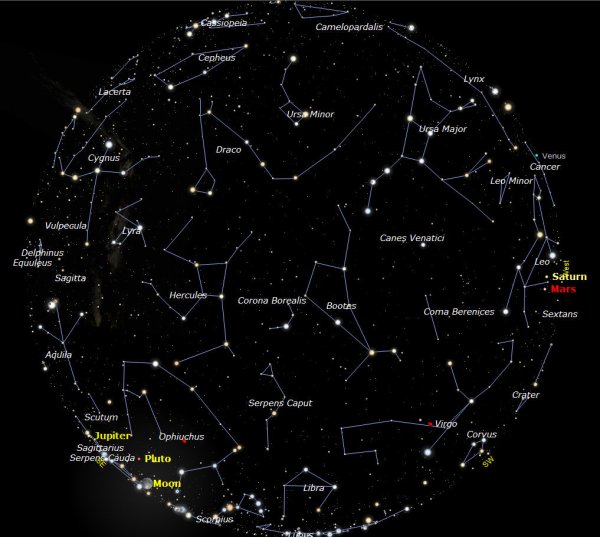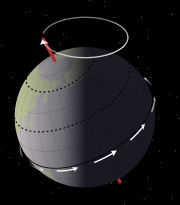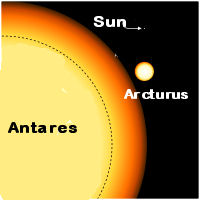My daughter is a very loving, caring girl. For years she has wanted to eat less meat in our household, and I was OK with that, but her meat- and carb-loving mother was less than enthusiastic about it.
A couple of months ago I had them both sit down and talk it out. The compromise came to this: We switch from carnivore to herbivore every other day.
Unfortunately the two of them are like the yin and yang parts of a hetero symbol, always opposites and very little in common except that they are parts of a whole. So for my first vegetarian dish I announced that I would make eggplant lasagna ...
“Yea! I love eggplant!” from my daughter.
“I hate eggplant!” from my wife.
Oh, this new menu is going to be fun, I think to myself while I beat my head against the refrigerator. Luckily with my foundation in Japanese and Asian cuisine I have a bunch of Buddhist recipes to fall back on. “Tofu steak” has become a regular dinner at our place, with everyone in the house enjoying it as if the name alone pleases everyone: “Tofu” for the vegetarian, and “steak” for the meat eater.
I think the thing that confuses carnivores/omnivores about vegetarians is that vegetarians have dozens of “classes” or castes, so let’s go through and define some of them to avoid confusion.
Vegans eat nothing that has anything to do with animals. This not only includes meat of any animal or sea creature, but also eggs, milk and honey (honey, like milk is a product manufactured by animals). I personally could never even come close to being vegan; either God or Darwinism has chosen to make my anatomy with eyes on the front of my head like a predator and not on the sides of my head like a prey animal, and I can’t go against that evidence. Testosterone just fortified these feelings out of cold, hard steel ... that steel then formed into the shape of a knife that can be used to track down and kill weak autotroph-eating creatures so they can be roasted over a fire and ... Sorry, I don’t know what happened there.
Anyway, lacto-vegetarians don’t eat meat or anything that could have become meat like eggs, however milk and honey are fair game. Ovo-vegetarians don’t eat meat or milk but eggs and honey are permitted. Ovo-lacto-vegetarians don’t eat the flesh of animals but the products they produce like milk, eggs, and honey are edible.
Another vegetarian group called fruitarians eat only beans, seeds, rices, fallen fruit and grains since plants are living things and shouldn’t be killed for food.
This list can also include things like semi-vegetarians who eat seafood or poultry in limited amounts but no beef, or pollo-vegetarians who eat birds but not hoofed animals.
But at this point I’m sure that you get the idea. People limit their food categories in a hundred different ways based on their beliefs about the value of life on the food chain.
My daughter has chosen her own version of vegetarianism that could be called Petting Zoo Vegetarianism. If it’s cute and cuddly it can’t be eaten. Rabbits, lamb, quail, piglets, calves, deer, are all safe in this diet, but vultures and armadillos better run and hide.
I can’t fault any person’s diet since I too have my own eating quirks, and I completely support anyone’s choice to eat whatever they want. Over time, I’m sure that readers will pick up on my dietary oddities.
Vegetarian foods are dominant in many countries due to religious/moral, economic or population reasons. We here in the United States are uniquely spoiled in our view of food. Because of the abundance of land and wealth in our society we think that meat should cover the majority of our dinner plate, while the vegetables and carbs are more for garnish than anything else.
I’ll be the first carnivore to admit that this practice will not last for long. Mankind is going to have to rely on a more plant-based diet in the future to insure that the world can stay fed. Adopting my daughter’s petting zoo vegetarianism and my wife’s every-other-day vegetarian compromise is my contribution to easing the pressure on the planet.
One quick note about the following recipe: I mix wheat flour and rice flour for the coating in this recipe. Why not use one or the other? Wheat flour is good when browning food in oil, however it doesn’t get really crisp; rice flour gets crispy when fried in oil but doesn’t brown well. By combining the two you get the best of both worlds.
Tofu steaks
Ingredients:
One block of extra firm tofu
4 tablespoons flour (I prefer 2 tablespoons wheat flour and 2 tablespoons rice flour, mixed)
6 tablespoons soy sauce
3 tablespoons butter or your favorite oil to fry in.
Your favorite condiments or, for a more authentic Japanese feel, use chopped green onions or chives, finely grated fresh ginger and bonito flakes (if you are avoiding meat you should know that bonito flakes are dried shaved fish).
Set the tofu block on its end and cut downward through its width like you were cutting cards off of a deck, so you get three even steaks (just cutting in half leaves the steaks just a little too thick for my taste, so thirds works out best for me, but feel free to experiment).
Even with extra firm tofu, some of the moisture needs to be squeezed out or the steaks will fall apart during cooking. Lay out all three pieces separately on a kitchen towel or several sheets of paper towels and then lay another towel or several sheets of paper towels over them (about one cup of moisture is going to be squeezed out during this process so stack your paper towels accordingly).
Gently place your heaviest cutting board on top of the towel and weigh it down with some cans of soup or anything with a little weight to it, just not so much that you crush the tofu. Let this sit on your counter top for a minimum of an hour, then remove tofu and wipe up all of that liquid all over the counter top.
Gently spoon one tablespoon of soy sauce over each one of the tofu and let sit until it soaks in (a couple of minutes is all that’s needed), then flip the tofu steaks over and repeat.
Heat your butter or oil in a frying pan on medium high heat while you dredge the tofu steaks in the two-flour mixture. Gently shake off any excess flour and put tofu steaks in the heated pan. Fry until golden brown on both sides and drain momentarily on paper towels. Add condiments and serve.
You could substitute the soy sauce in this recipe for Italian salad dressing, which works quite well. If you’re OK with eating a little meat, you can marinade the steaks in strong chicken broth or even the liquid from a can of tuna for a heartier taste (call it fusion cuisine). Tofu is much like a blank canvas that you can experiment with a lot of different flavors, so have fun!
Ross A. Christensen is an award-winning gardener and gourmet cook. He is the author of "Sushi A to Z, The Ultimate Guide" and is currently working on a new book. He has been a public speaker for many years and enjoys being involved in the community.
{mos_sb_discuss:4}















